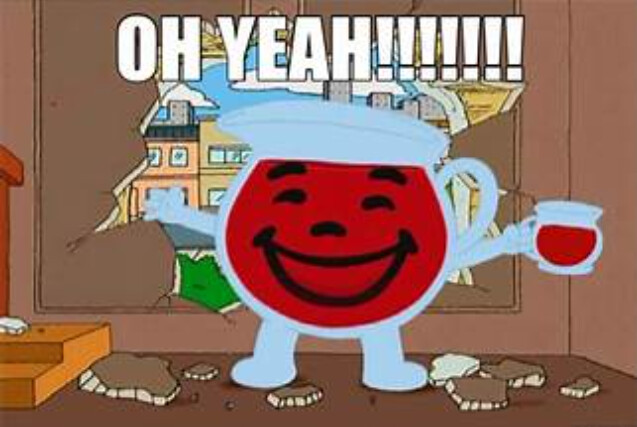I think the slow practice for me is more when I am trying to learn a phrase. If it is flying by to quickly I will often times go to 75% speed, and if its still flying by to fast, i go to 50% speed when I listen to then begin the mental mimic phase of recreating what I hear in my thoughts. If it is some new style i wont be able to crank up the tempo of it for a day or two until my fretting & rest stroke picking hand gains the motor mechanics necessary. if it follows more of the style of phrases that i kind of already know with similar fingerings i can play them faster quicker. in the gypsy jazz realm there are different schools like dutch style, forbach, etc etc, and the more phrases of them you know you can pick up things faster having put in the work before hand. i think being shown how to do something clearly from the get go makes all the difference in the world. i believe this is why i am so fast at 3 string arpeggio runs because yngwie actually sort of took a bit more time in trying to explain how he did them on that reh video. plus i was really young which i think also helps since the body grows and learns much faster.
I also believe having a live video of the performance is 100% the best way. Sure you can begin by not cheating, and trying to guesstimate where the player is most likely playing it from the phrases/arpeggios/fragments/embellished enclosure arpeggio fragments (happens most of the time around the tritone) that you already know, then check yourself on fingering and rest stroke direction. the more stuff you learn the better you get at this, but having a video makes all the difference in the world. i mean it is being played on a guitar, so seeing it and hearing it are two things that are important. it is like learning how to speak, seeing the mouth move and hearing the sounds are whats required in order to try to mimic back what you are hearing.
but don’t quit if you are frustrated put it away. try to figure out a plan, and find a teacher that already can do the things you want to do and play. if he isn’t teaching you stuff that you desire to play you are wasting your time.



